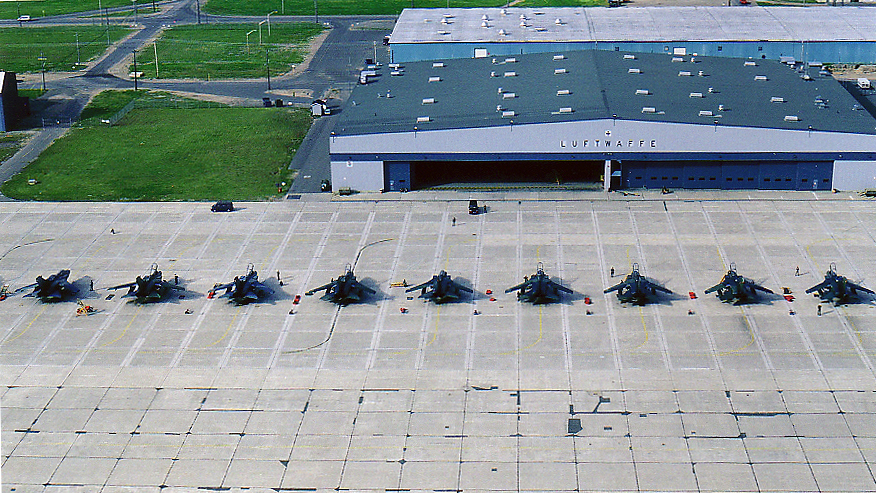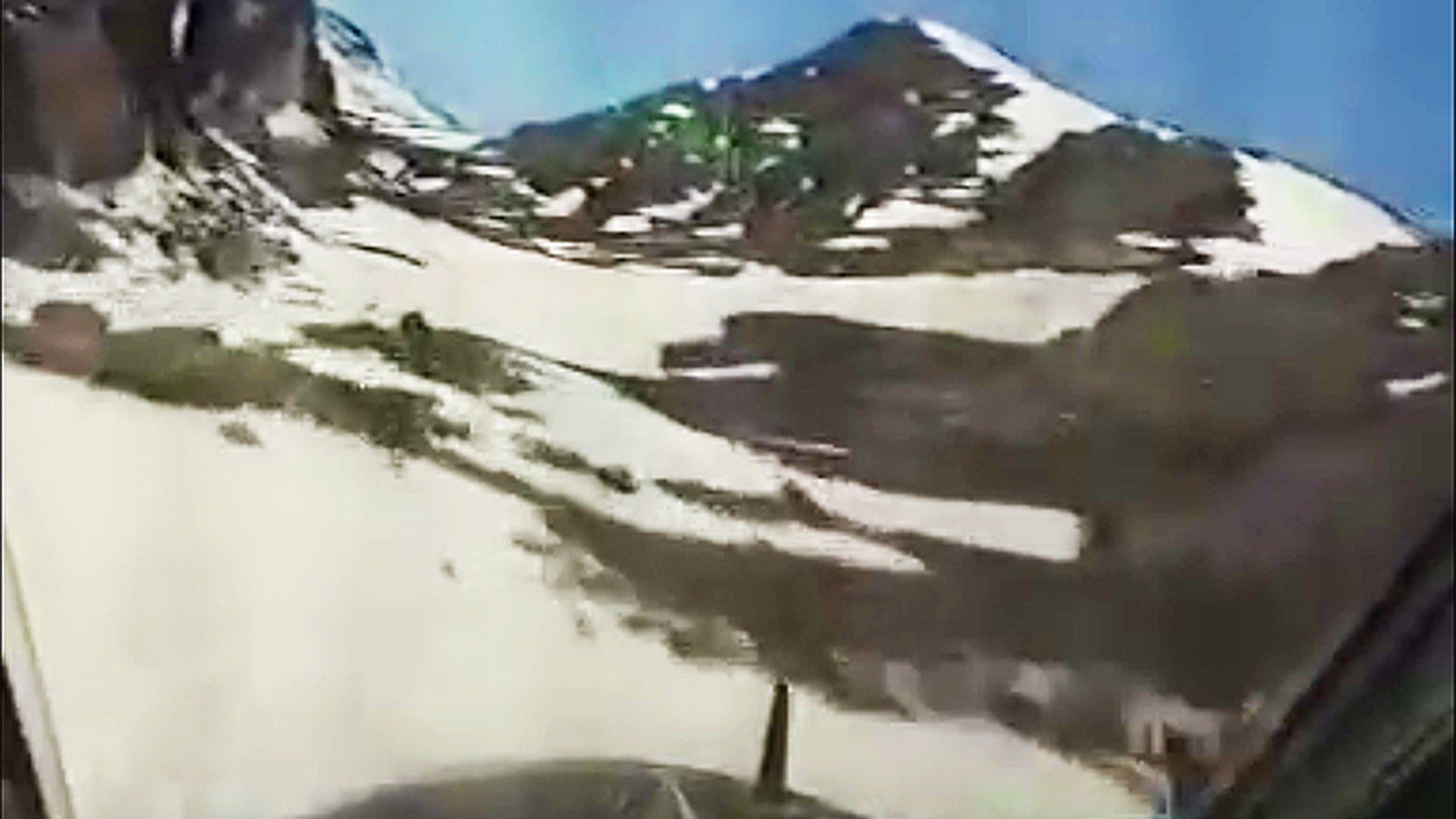There’s a lot of awesome low-level flight videos making the rounds these days, but this old-school footage taken through the windscreen of a Luftwaffe Tornado as it books it up a snow covered canyon near Goose Bay is pretty damn exhilarating.
For decades Germany has flown both the Tornado IDS variant, used for deep interdiction/strike, as well as the ECR variant, used for suppression of enemy air defenses. Although these Torandos have a very capable terrain following radar system that can be used to skirt above the weeds at a couple hundred feet in zero visibility conditions, it looks like this super low-level adventure was flown by some experienced hands.
Canada has long been an aviation training ground for NATO allies, especially during the Cold War and the years immediately following. Today, the Great White North is host to the NATO Flying Training program, which has conducted primary and advanced flight training for participating nations for a decade and a half. The school, located a CFB Moose Jaw, operates CT-156s (T-6s) and CT-155s (an advanced Hawk jet trainer derivative). Canada also holds its yearly large force employment (LFE) exercise, dubbed “Maple Flag,” at CFB Cold Lake. This event, similar to Red Flag held at Nellis AFB in Nevada, often draws multiple NATO ally and non-NATO allied air units from around the globe.

Both Maple Flag and NATO Flying Training are held far from Goose Bay, on Canada’s east coast. So what’s the draw to this region for German Tornado crews? Most nation’s tactical aircraft squadrons have their favorite low-level routes and some of these units travel thousands of miles to take advantage of them. Clearly, German Tornado pilots have a special affection for the low-level routes around Goose Bay in Newfoundland/Labrador Province. Who could blame them? The scenery and terrain is breathtaking and it clearly offers a challenging set of obstacles to fly through.
In fact, the Luftwaffe was not the only air arm that frequented CFB Goose Bay to master low-level tactical flying. During the Cold War, the base hosted permanent fast-jet detachments from NATO countries that flew nearly year-round over the surrounding territory. The choice of CFB Goose Bay was pragmatic: its topography is similar to to key areas of Russia, and it’s fairly accessible from Europe. Also, not a lot of people live up there, so the flights wouldn’t bother locals. Of course, there were still some complaints.

By 2005, the leases held by the Royal Air Force, Italian Air Force and the Luftwaffe to use the base were not renewed, and the high-tempo foreign fast-jet operations over the area—a thunderous staple for decades—came to an end. Canadian Hornets still visit the area and a quick reaction alert site is still maintained at the base for air defense purposes, but the days of a multicultural mix of fighters blasting out of the base and roaring over the frosty wilderness are now just a memory.
Here are a few more gems of the Luftwaffe’s Torandos in action low over eastern Canada:



That doesn’t mean there aren’t great active low-level routes. Royal Air Force Tornado crews still have some of the world’s best right in their own backyard. One route, known as “Mach Loop,” includes the hills around Wales, and has become a mecca for aviation photographers aiming to capture all types of military aircraft and aircrews practicing their nap-of-the-earth skills in spectacular fashion. Areas of Scotland are also regularly visited by low-flying allied and Royal Air Force aircraft, like this Hawk T1.
Contact the author tyler@thedrive.com
